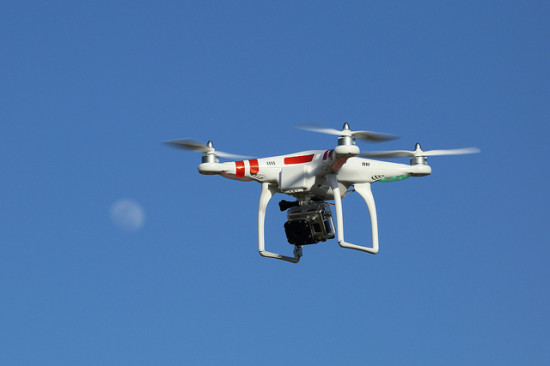
Recently, however, drones have been used in a growing number of civil applications beyond policing, such as the inspection of power lines, disaster relief, oil, gas and mineral exploration, scientific research and other such activities. It seems then that the use of drones to revolutionize our agriculture industry is only a natural extension.
According to PBS News, the Federal Aviation Administration issued its first permit for the agricultural use of unmanned aerial vehicles. Steven Edgar, president and CEO of ADAVSO, the company that applied for and received the permit, will be using drones to survey fields of crops.
Indeed, drone technology can increase the efficiency of farming by enabling farmers to locate “problem spots in vast fields or ranchlands.” This increased efficiency will likely translate into lower costs for consumers, as a farmer’s land is rendered more predictable. As well, drone technology may decrease the negative impact of farming on the environment. For example, if a farmer could identify problem areas on her land, she could choose to selectively target an area for chemical spraying instead of an entire field.
Already the Association for Unmanned Vehicle Systems Interations predicts that the use of drones for agricultural purposes may one day account for 80 percent of all commercial drone use. Still, such a world is still science fiction given that the Federal Aviation Administration has been working for a long time on “rules that would balance the desire for commercial flights of small drones with the need to prevent collisions involving manned aircraft.”
When these rules and regulations are established, however, researchers have predicted five main ways drones could affect our food supplies. They include (1) scouting farms to determine the status of crops to see if they are too wet or dry or infested by pests. As Edgar said in a statement, the use of drones, “is about getting the most productivity from every square inch of farm.” And with certain crops such as corn, the fields can reach 8 feet to 10 feet tall, making such surveillance difficult.
Additionally, drones will change how farmers (2) apply chemicals. By identifying problem areas quickly and efficiently, farmers can limit the amount of chemicals they use to treat an area by providing targeted care. Drones will also assist farmers in (3) counting cattle and likewise, disturbing other creatures that might aggravate the livestock and on a related note, (4) monitor fish in different bodies of water to determine their levels and measure the water quality as well (some drones can land on water).
The final way in which drones might change agriculture is by (5) identifying farmers’ secrets. Recent guidelines passed in California have stipulated the types of chicken houses farmers can build and if a person were to fly a drone over the land, he or she could identify which commercial operations are abiding by the law and likewise, which are not.
Still the agriculture industry sees the advent of drones as an advantageous development. As R.J. Karney of the American Farm Bureau Federation said in a statement, “Farmers are anxious to see where this can go.”
(Photo courtesy of Don McCullough)
Comments